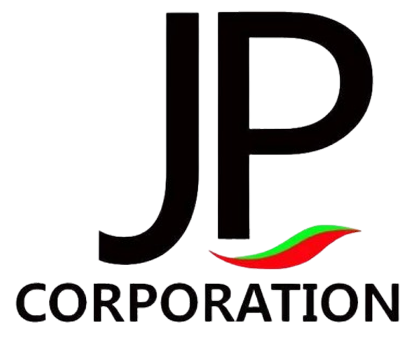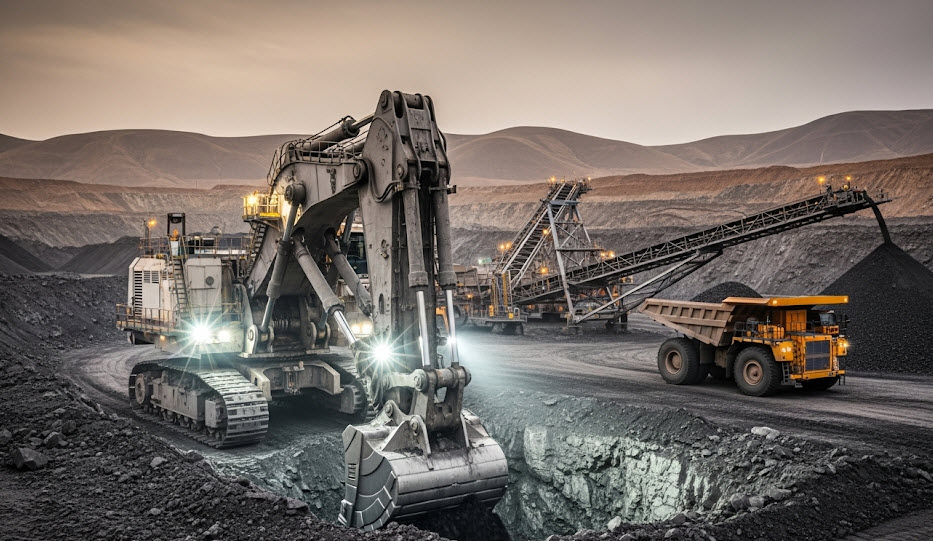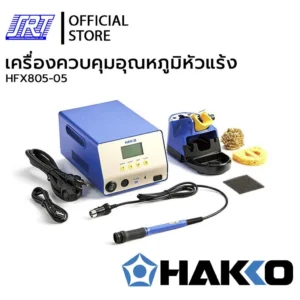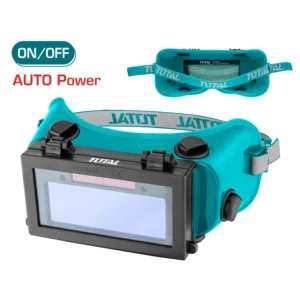The mining industry forms a crucial foundation for driving the global economy. With continuously increasing demand for natural resources, whether precious metals, fuel minerals, or various industrial minerals, mining machinery plays an absolutely vital role in boosting efficiency, reducing costs, and ensuring workplace safety. This article will introduce you to the key types of mining machinery and their primary functions.
Types and Functions of Mining Machinery
Mining machinery can be categorized into several types, depending on their application and the stage of the mining process—from exploration, drilling, and transportation to initial processing.
Machinery for Exploration and Preparation
-
- Exploration Drills: Used to drill and collect rock and soil samples from target areas for analyzing the type, quantity, and quality of anticipated minerals. The data from this exploration is crucial for mine planning.
- Bulldozers: Employed for site preparation, clearing land, or leveling the ground to prepare areas for initial mining operations. They are also used for constructing roads or access routes within the mine site.
Machinery for Excavation and Breaking
-
- Excavators: These are primary machines used for excavating soil, rock, and minerals. They come with different sizes and types of buckets depending on the material and excavation depth. They can be categorized into Crawler Excavators and Wheel Excavators.
- Drilling Rigs/Blast Hole Drills: Used to drill holes into rock layers for loading explosives. This is done to break up hard, large rock formations into smaller pieces, making them easier to transport and process.
- Rock Breakers/Hydraulic Hammers: Used to break large rock pieces that cannot be blasted or to reduce rock size for easier loading onto trucks.
Machinery for Transportation
-
- Mining Trucks/Haul Trucks: These are extremely large machines designed to transport minerals, soil, or rock from the excavation point to storage areas or processing plants. They have high engine power and can carry immense weights.
- Wheel Loaders: Used for loading excavated or blasted minerals, soil, or rock onto trucks or conveying them to the next process stage. They are highly maneuverable and can move quickly.
- Conveyor Systems: These are transportation systems used in large mines to continuously and efficiently convey large quantities of minerals or materials from one point to another, especially in underground mines or long-distance open-pit mines.
Machinery for Initial Processing
-
- Crushers: Used to reduce the size of excavated minerals, making them easier for transportation and subsequent processing. There are various types, such as Jaw Crushers, Cone Crushers, and Impact Crushers.
- Screens: Used for sizing minerals after the crushing process to separate minerals of different sizes or to remove impurities.
- Mineral Separators: These machines use physical or chemical principles to separate valuable minerals from impurities, such as Gravity Separators or Magnetic Separators.
The Importance of Technology and Innovation
Currently, technology and innovation play a significant role in modernizing mining machinery. This includes the application of automation and robotics for machine control, the development of GPS systems and drones for surveying and mapping, and the use of Big Data and Artificial Intelligence (AI) for analysis and enhancing production efficiency.
These advancements not only help increase productivity and reduce costs but also elevate personnel safety and minimize environmental impact. These are crucial objectives for the mining industry in the current era.






